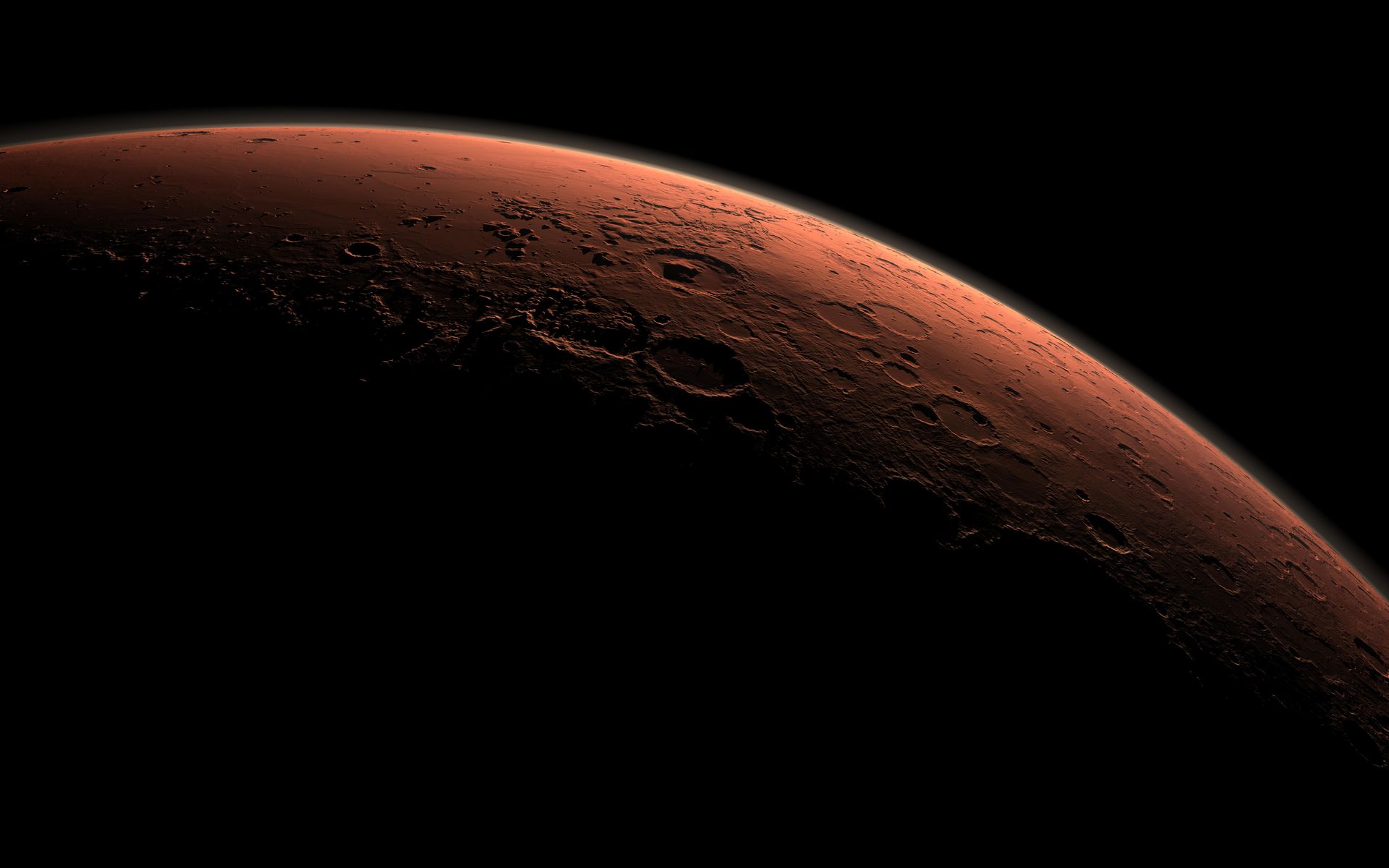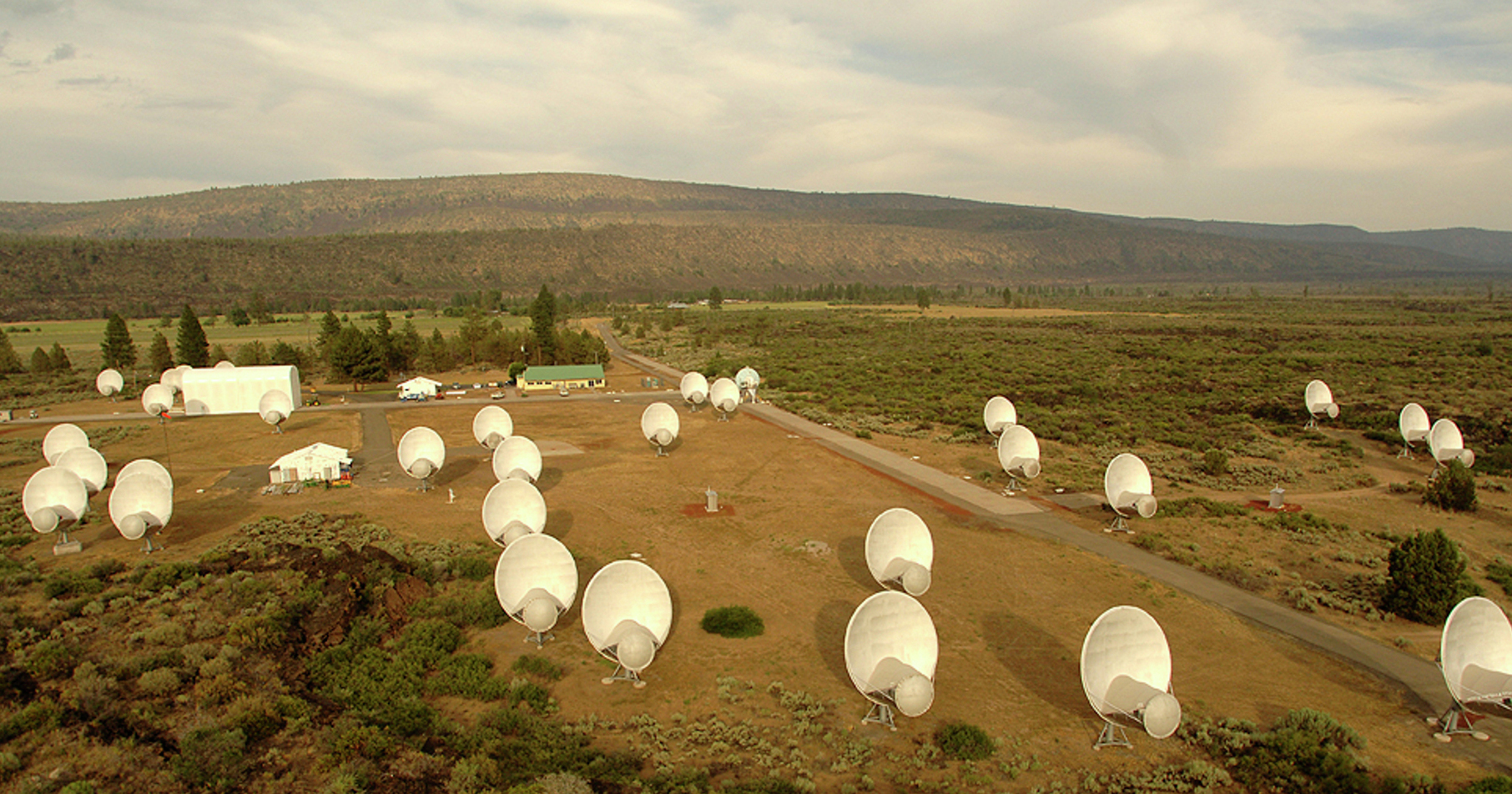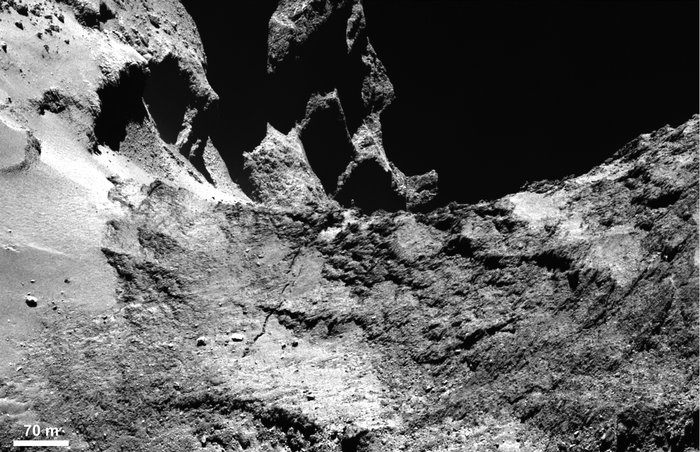One of the downsides of blogging is the ephemeral nature of the craft. Most successful blogs accumulate hundreds of posts over the years, but the vast majority of the content will almost always sink into obscurity within days of publication.
Of course, most blog posts are designed to be timely pieces of pithy writing–highlighting current events, expanding on the latest news headlines, responding to an ongoing controversy, and so on–so it’s no great loss when older posts are lost to time as they are pushed off the bottom of the front page.
But sometimes there are reasons for creating more enduring content–articles that take a longer look at a particular subject, or seek to educate or enlighten the readership. In other words, content that should remain of interest to readers several years from now.
Which is why, today, I have posted the first in an occasional series of “SETIBlog Features” with the slightly tongue-in-cheek title of “How I Learned To Stop Worrying And Love Our Future Alien Overlords”. This four part series explores the oft expressed fears of making contact with extraterrestrial intelligence and why, ultimately, there is no point in worrying about it. I trust you will find it interesting, even if you don’t agree with my thesis. Feel free to leave a comment with your own take on the subject.
I have another feature in the works that explores the history and relevance of the Drake Equation, including a way to plug in your own values for the terms and generate an estimate for the number of alien civilizations in the Milky Way, so stay tuned.





